Hi all,
I have enjoyed my first experience building an amp. Although, I have a question in regard to the 6v6 cathode current.
I have toke these measurements with a bias probe:
40.4Ma and 40.7ma on V3 and V4 with a 250ohm resistor
6v6 pin 3=326V X 0.040= 13w
37.6MA and 37.9Ma on V3 and V4 with a 270ohm resistor
6v6 pin 3=326v X 0.037=12w
Are any of these cathode currents power tubes friendly?
Thanks a lot!
Below are a few pics of my home build:
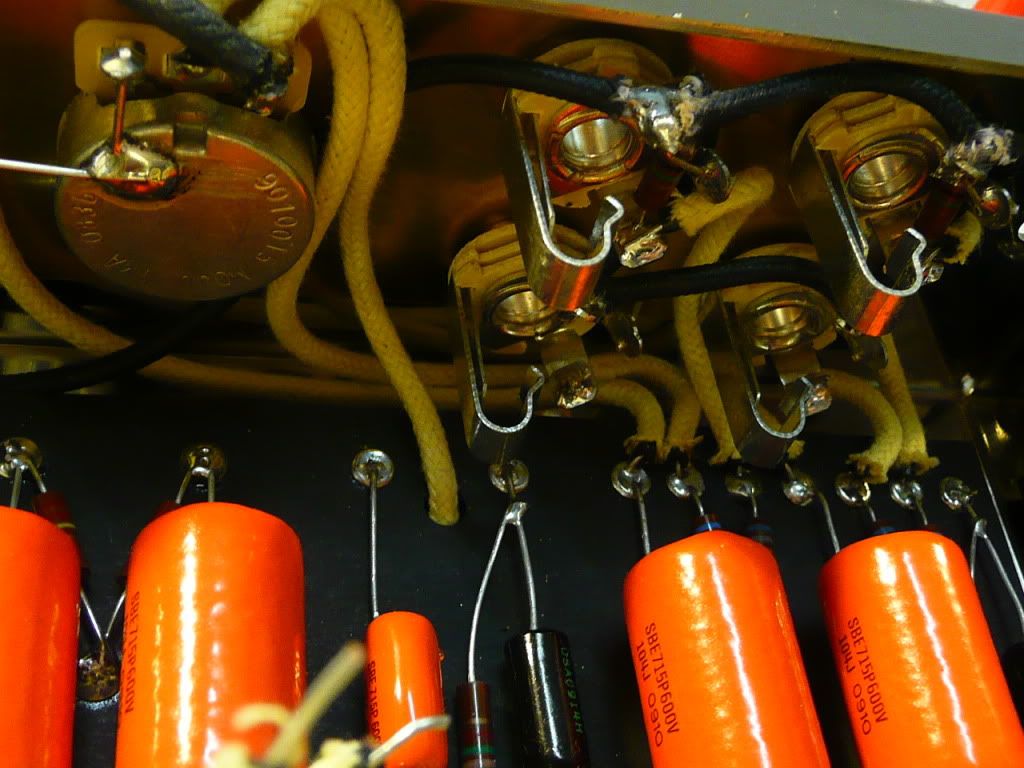

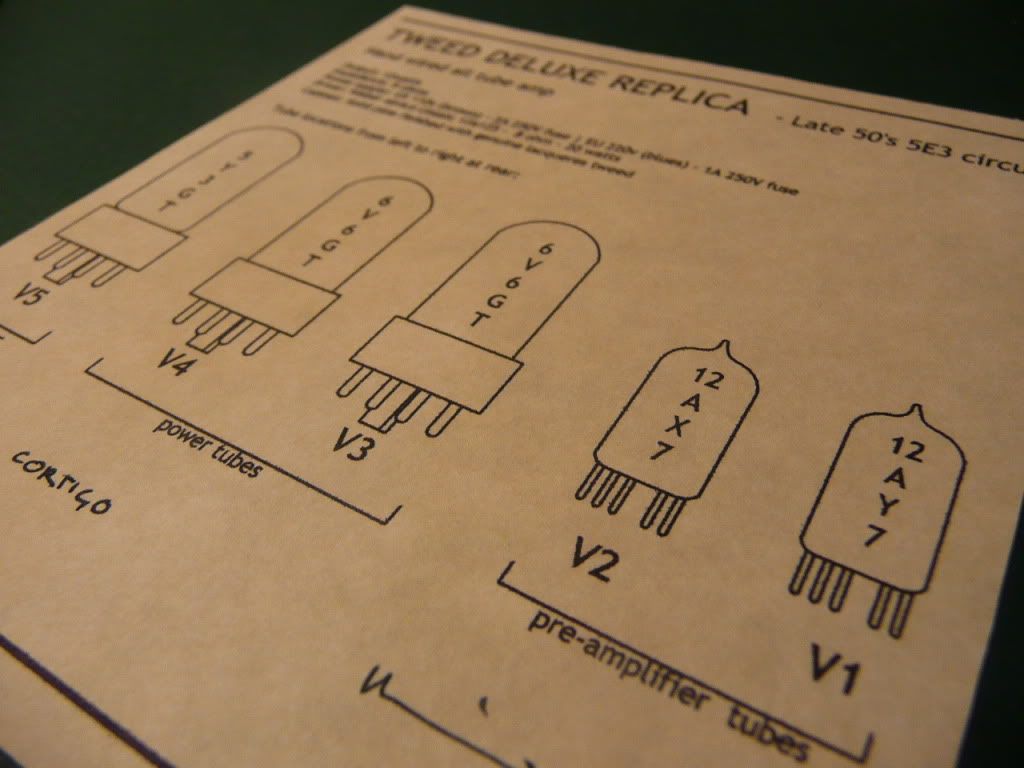
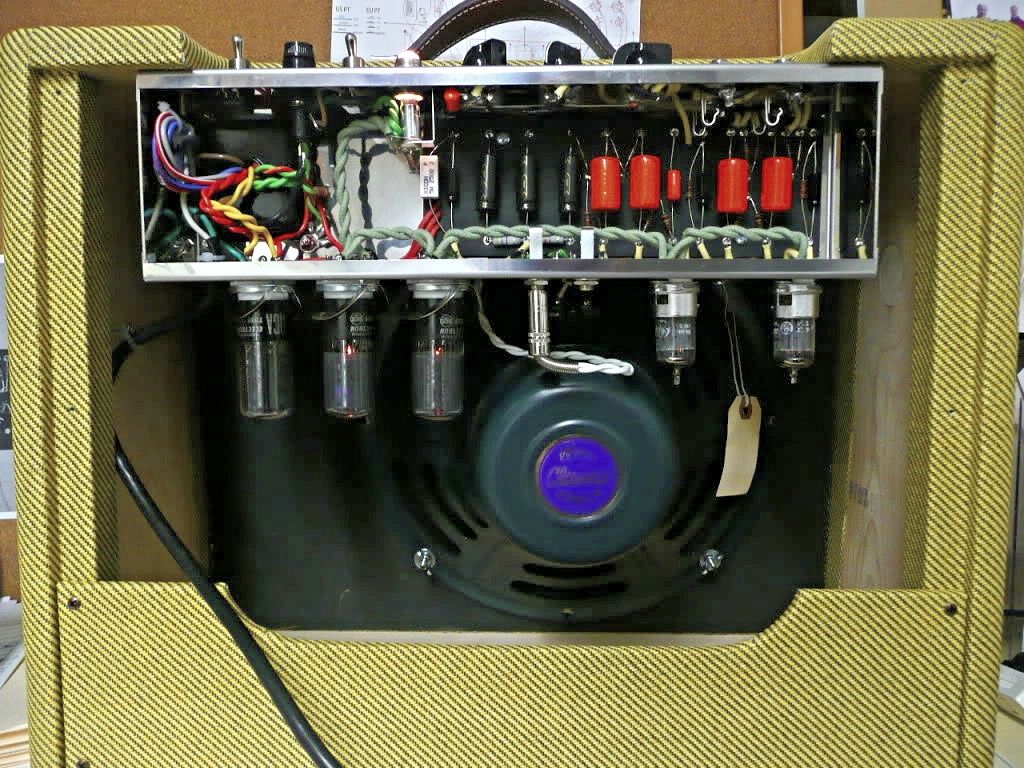
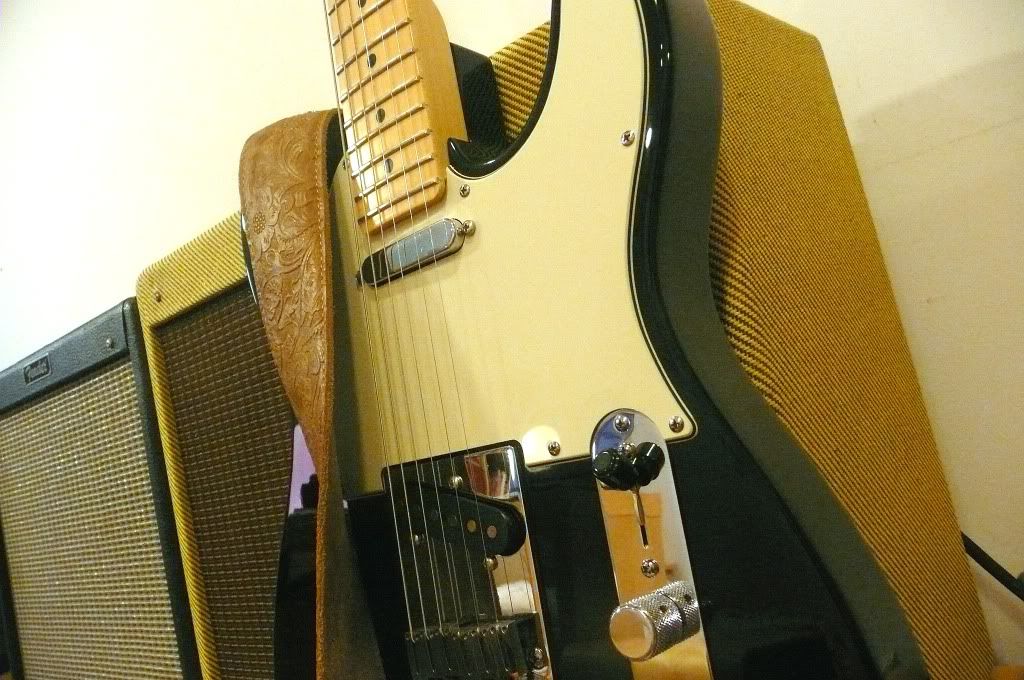
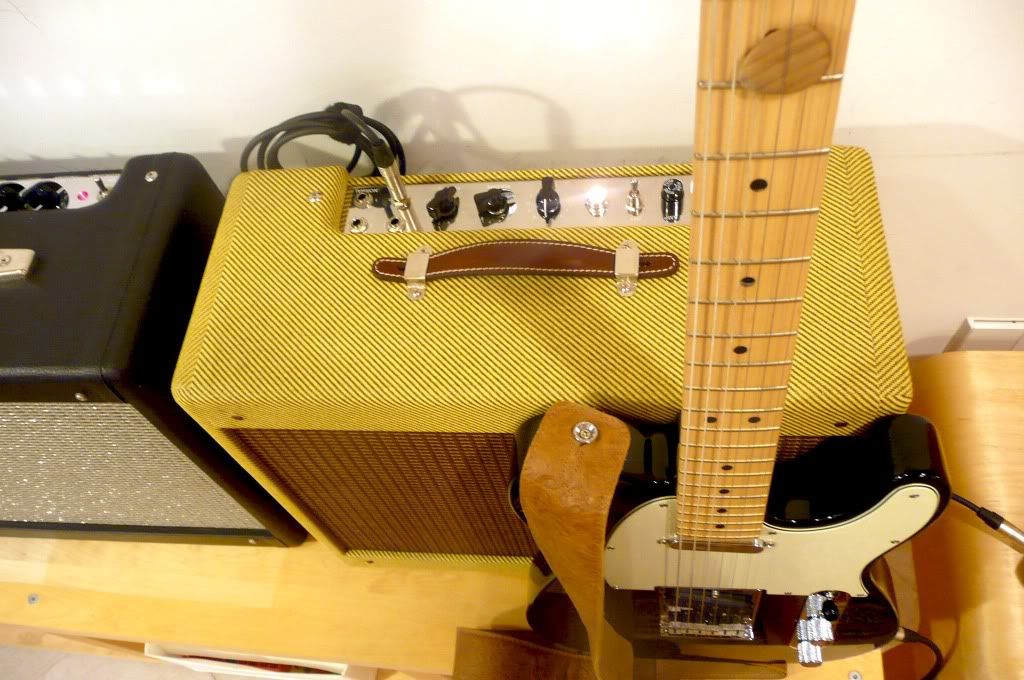
I have enjoyed my first experience building an amp. Although, I have a question in regard to the 6v6 cathode current.
I have toke these measurements with a bias probe:
40.4Ma and 40.7ma on V3 and V4 with a 250ohm resistor
6v6 pin 3=326V X 0.040= 13w
37.6MA and 37.9Ma on V3 and V4 with a 270ohm resistor
6v6 pin 3=326v X 0.037=12w
Are any of these cathode currents power tubes friendly?
Thanks a lot!
Below are a few pics of my home build:






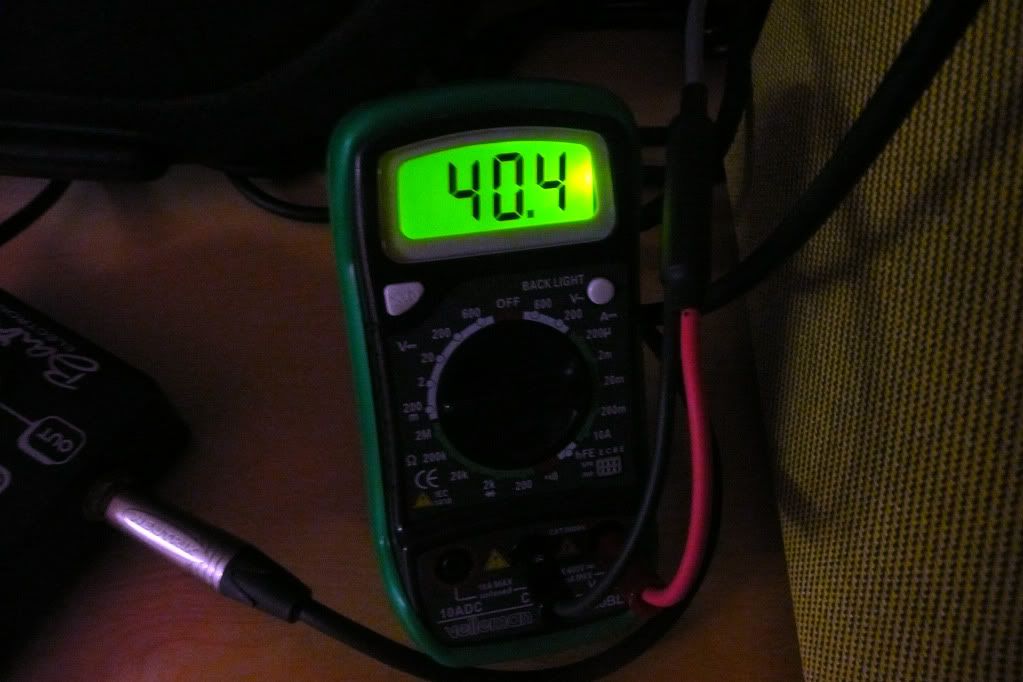

Comment